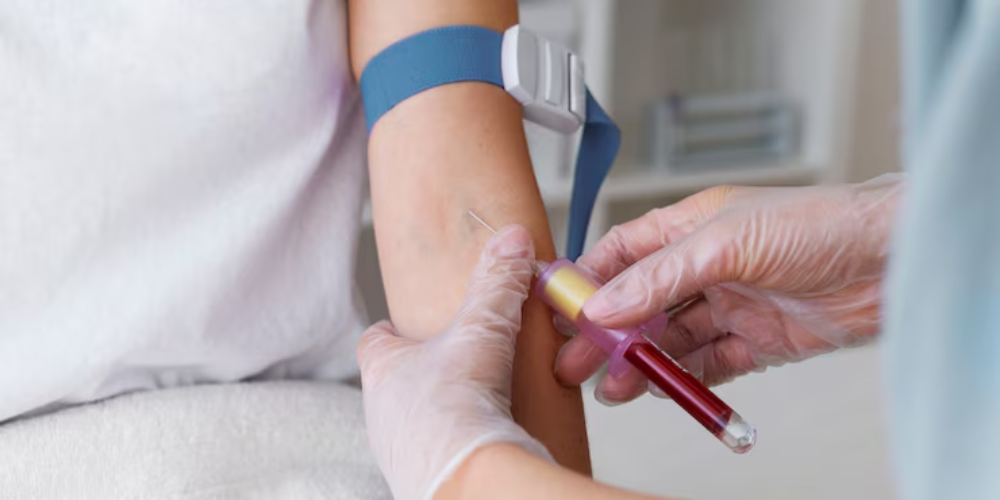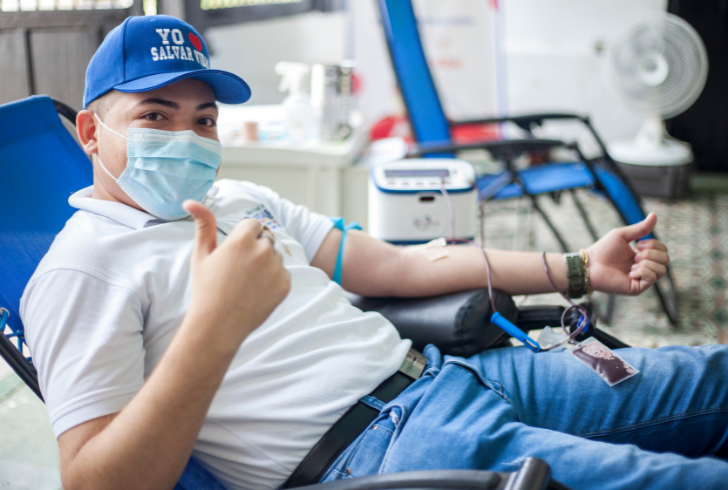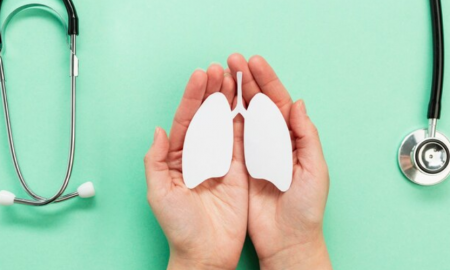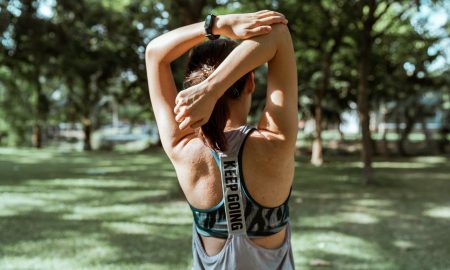
Can You Work Out After Getting Blood Drawn?

A blood draw is a common procedure in healthcare, often used to monitor health or screen for various conditions. While it’s generally a quick and straightforward process, a common question many people have is, “Can you work out after getting blood drawn?”
Understanding how to safely return to exercise after a blood draw is important for maintaining overall health and fitness.
What Happens During a Blood Draw?
A blood draw involves extracting a small amount of blood from a vein, typically using a needle and syringe. This sample is then analyzed to provide insights into various health indicators. For routine tests, only a small volume is needed—often just a few milliliters. Larger quantities are taken during blood donations, which can be up to 500 milliliters.
Common Reactions After a Blood Draw

Pexels | FRANK MERIÑO | Blood donation can cause temporary fatigue and light bruising at the puncture site.
After a blood draw, some people might experience mild dizziness, lightheadedness, or slight bruising at the puncture site. These effects are usually short-lived and not severe. However, the impact on physical performance can vary depending on the volume of blood taken and individual health factors.
Can You Work Out After Getting Blood Drawn?
Exercising after a blood draw is generally safe but depends on several factors. Here’s what to keep in mind:
Factors to Consider
- Amount of Blood Drawn – Small amounts typically have minimal impact on exercise tolerance. Larger draws, such as those from blood donations, can affect stamina and energy levels.
- Personal Health and Fitness – Overall health, fitness level, and any pre-existing conditions play a crucial role in determining when it is safe to resume physical activity.
Safe Exercise Guidelines
- Routine Blood Tests – For small blood draws, light exercises like walking, stretching, or yoga can generally be resumed after a short rest.
- Avoiding Intense Workouts – After a significant blood draw or donation, it’s wise to avoid heavy lifting or intense workouts for the remainder of the day. Engaging in strenuous exercise too soon can lead to increased dizziness or fatigue.
Recovery and Replenishment

Freepik | Iron-rich foods such as red meats, poultry, and spinach are important for recovery after a blood draw.
The body typically replaces blood volume within hours to a day after a routine draw. However, complete recovery might take longer, especially for larger volumes. Here are some tips to help with replenishment:
1. Hydration
Drink plenty of water to support blood volume restoration. Adequate hydration helps to restore plasma levels efficiently.
2. Nutrition
Consuming iron-rich foods (such as red meats, poultry, and spinach) and foods high in vitamin C (like oranges and bell peppers) can aid in the replenishment of red blood cells. Including folate-rich foods and adequate protein supports overall recovery.
Tips for Staying Strong Post-Blood Draw
To ensure a smooth recovery and maintain energy levels:
- Hydrate Adequately – Aim for 8-10 glasses of water daily, especially post-draw.
- Balanced Diet – Incorporate a variety of nutrients to aid in recovery.
- Gradual Return to Exercise – Start with light activities and progressively increase intensity.
- Listen to Your Body – Rest if feeling unwell, and seek medical advice if experiencing unusual symptoms.
The question of – can you work out after getting blood drawn? can be answered with a clear yes, with considerations. It’s crucial to gauge individual comfort and recovery while following these guidelines for a safe return to exercise.
More in Fitness
-
`
Can Baking Soda Clean Your Lungs?
Years of inhaling cigarette smoke, pollution, and other toxins can leave you longing for a way to cleanse your lungs. The...
June 27, 2024 -
`
How to Build Muscle Mass After 60? 5 Proven Strategies
Curious about how to build muscle mass after 60? You are not alone. And the good news is that it is...
June 20, 2024 -
`
Prediabetic Foods That Can Lower Your Blood Sugar in 2024
Prediabetes is a health condition characterized by blood sugar levels that are higher than normal but not high enough to be...
June 13, 2024 -
`
Kelly Clarkson’s Weight Loss Journey | Here Are the Details
Kelly Clarkson’s weight loss has been a hot topic among fans and media alike. The iconic American singer and host of...
June 3, 2024 -
`
Essential Vitamins for Gut Health – A Comprehensive Guide
Our gut does more than just digest food – it plays a vital role in immunity, mood, and overall health. But...
May 30, 2024 -
`
Looking to Build A Stronger Sculpted Back? Try Cable Back Workouts
Back workouts using cables, or cable back workouts as they are commonly known, have become the gold standard for anyone aiming...
May 22, 2024 -
`
How Much Water Should I Drink on Creatine? Hydration Tips
Creatine, a popular supplement among athletes and fitness enthusiasts, has gained widespread recognition for its ability to enhance muscle strength, power,...
May 17, 2024 -
`
What Is Bruce Willis’s Net Worth? Get the Inside Scoop Here!
Bruce Willis, the action hero who has saved the day countless times on screen, has built a legendary career. But how...
May 11, 2024 -
`
How to Sleep with Fluid in Lungs – Expert Tips
Living with fluid in your lungs can turn nighttime into a challenging experience, but with the right strategies, you can reclaim...
April 30, 2024















You must be logged in to post a comment Login